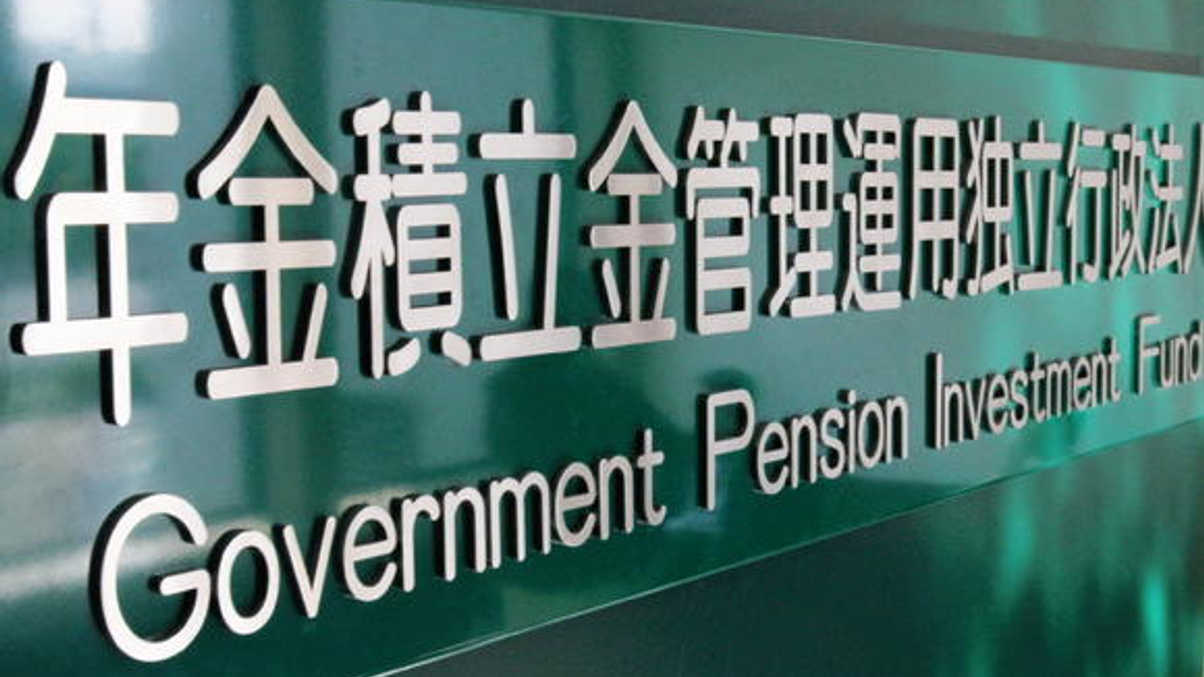GPIF faces a big call on CIO after mixed results
The world's largest pension fund endured a 2017/2018 fiscal year with ups and downs, and 2019 might be the year where it parts ways with perhaps its most important asset: its CIO.

After a tumultuous year in which Japan’s Government Pension Investment Fund (GPIF) managed to eke out a modest annual investment gain, questions are rising over whether the world’s largest pension fund will stick with its existing chief investment officer after his current term ends in September, or opt for a new figure.
Sign in to read on!
Registered users get 2 free articles in 30 days.
Subscribers have full unlimited access to AsianInvestor
Not signed up? New users get 2 free articles per month, plus a 7-day unlimited free trial.
¬ Haymarket Media Limited. All rights reserved.


